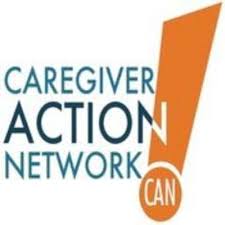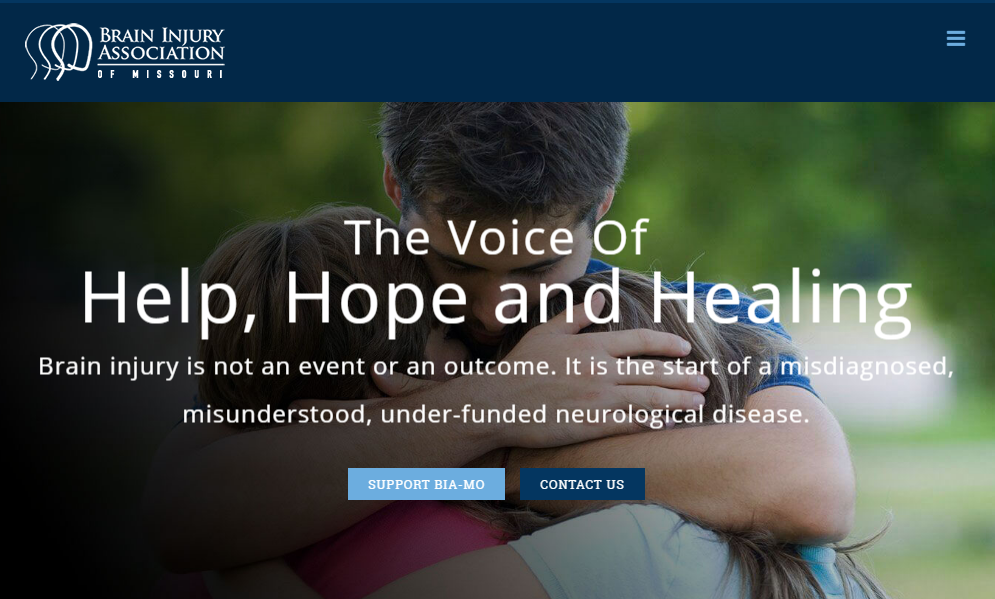How to avoid or endure the disability backlog
By Tai Prohaska
There are almost 1.1 million Americans with severe disabilities waiting about 600 days for a hearing to determine if they will receive Social Security disability benefits. About 70 percent of them are former workers.
They paid into the Social Security Disability Insurance (SSDI) system an average of 22 years so they could receive a monthly income if they became too sick or injured to continue working. They didn’t plan to become disabled. They also didn’t plan on being stuck for years in a backlog for disability benefits
“People are losing their homes, they’re dying, and they’re going bankrupt,” said Lisa Ekman, from the National Organization of Social Security Claimants’ Representatives, on behalf of the Consortium for Citizens with Disabilities. She testified during the recent House Ways and Means Social Security Subcommittee hearing on Determining Eligibility for Disability Benefits: Challenges Facing the Social Security Administration. Ekman also suggested more help from SSA for those when they first apply for SSDI benefits.
The Social Security Administration (SSA) estimates that 8,699 people died while waiting for their hearing last year. That works out to one person dying in the backlog every hour.
I hope the following information will help people avoid or at least endure the backlog. Here are tips on surviving the SSDI application process.
Get expert help when you apply for disability. Individuals with SSDI representation from the beginning are more likely to be among the 33 percent who get approved at the initial level. This means you typically can get your benefits in three to six months, and avoid the backlog altogether. Very important: a representative can also help you determine if you qualify for benefits and for expedited processing.
Determine if you have a compassionate allowance (CAL) condition. The SSA established the CAL program in 2008 to fast track claimants with certain conditions. However, a General Accounting Office study indicates this program doesn’t always work well. Without understanding these issues and how to present your medical information to SSA, the agency may overlook your CAL condition and you may not receive expedited processing.
Determine if you are eligible for the SSA’s Wounded Warrior program. Military service members who become disabled on active military service on or after Oct. 1, 2001, and veterans with a VA compensation rating of 100 percent P&T (permanent and total) can receive expedited processing.
Determine if you have a Dire Need Case. Your claim may be expedited if you are unable to obtain food, cannot afford or access needed medical care, are homeless or at risk of being homeless.
Continue getting medical treatment. Applicants stuck in the backlog often lose their health insurance. However, continuing medical treatment is critical to maintaining your health, as well as providing evidence to support your SSDI claim. Click here for links to healthcare assistance in your state.
Know you are not alone. Connecting with people who have similar experiences can improve mental and physical health. To share your story, follow and post to Banish the Backlog on Facebook.
Allsup
Related Articles

Uncategorized
Helping Family Caregivers With What They Need to Know

Uncategorized
Understanding MS and Disability Benefits

Uncategorized
BIA-MO Gets Real about Brain Injury Awareness

